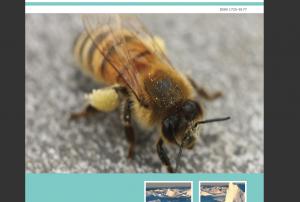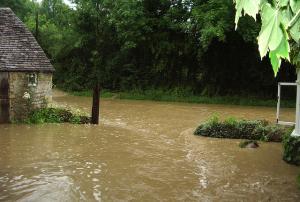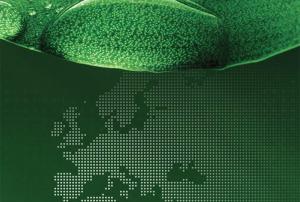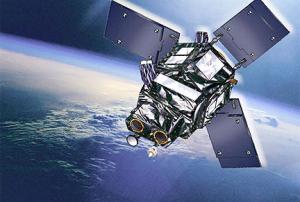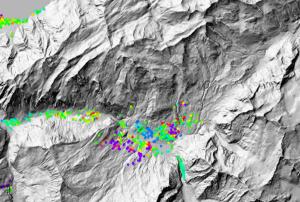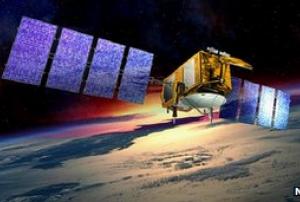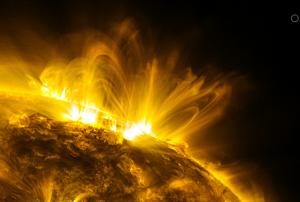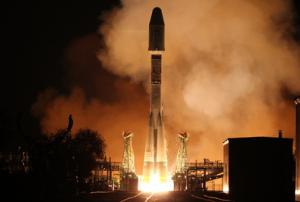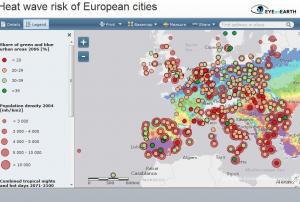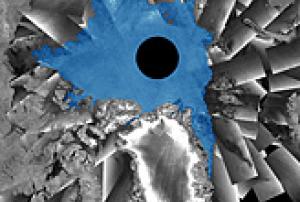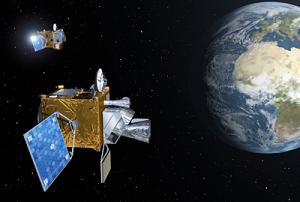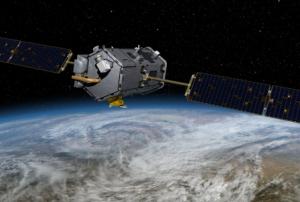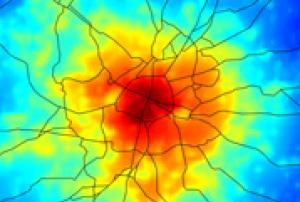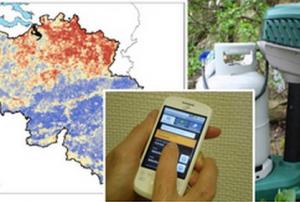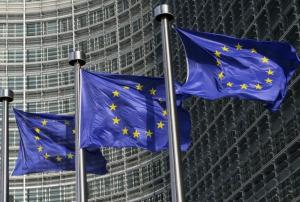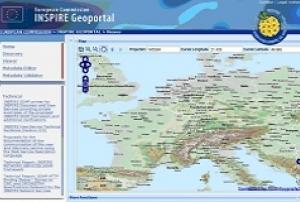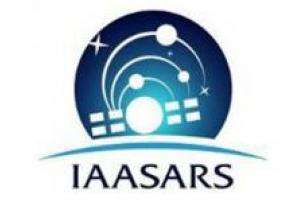New technologies have sometimes had very harmful effects, but in many cases the early warning signs have been suppressed or ignored. The second volume of Late Lessons from Early Warnings published by the European Environment Agency (EEA) investigates specific cases where danger signals have gone unheeded, in some cases leading to deaths, illness and environmental destruction.
The first volume of Late Lessons, published in 2001, was a ground breaking report detailing the history of technologies subsequently found to be harmful. The new 750-page volume includes 20 new case studies, with far-reaching implications for policy, science and society.
The report outlines the following key recommendations:
- Key recommendations Science should acknowledge the complexity of biological and environmental systems, particularly where there may be multiple causes of many different effects, the report says. It is increasingly difficult to isolate a single agent and...
